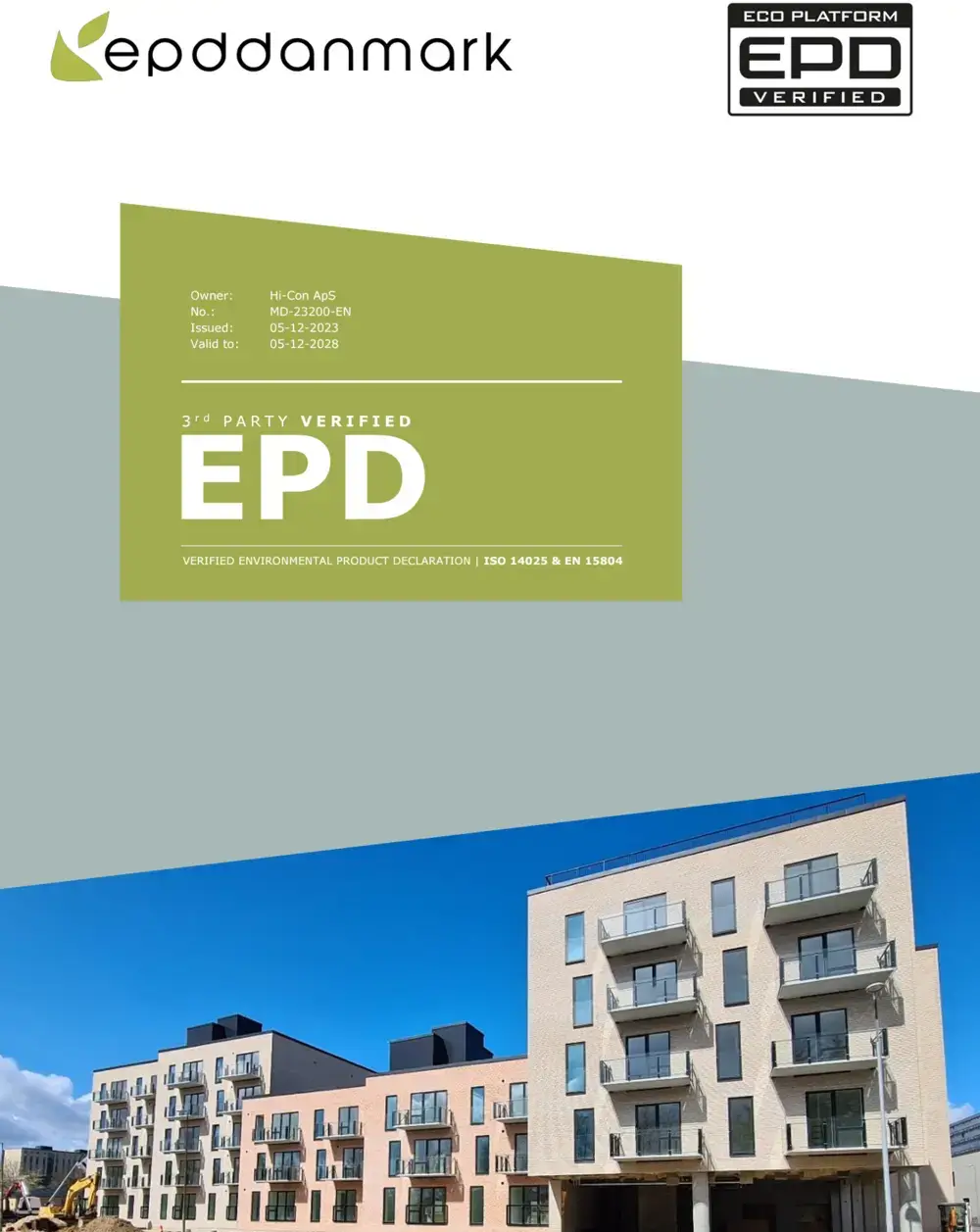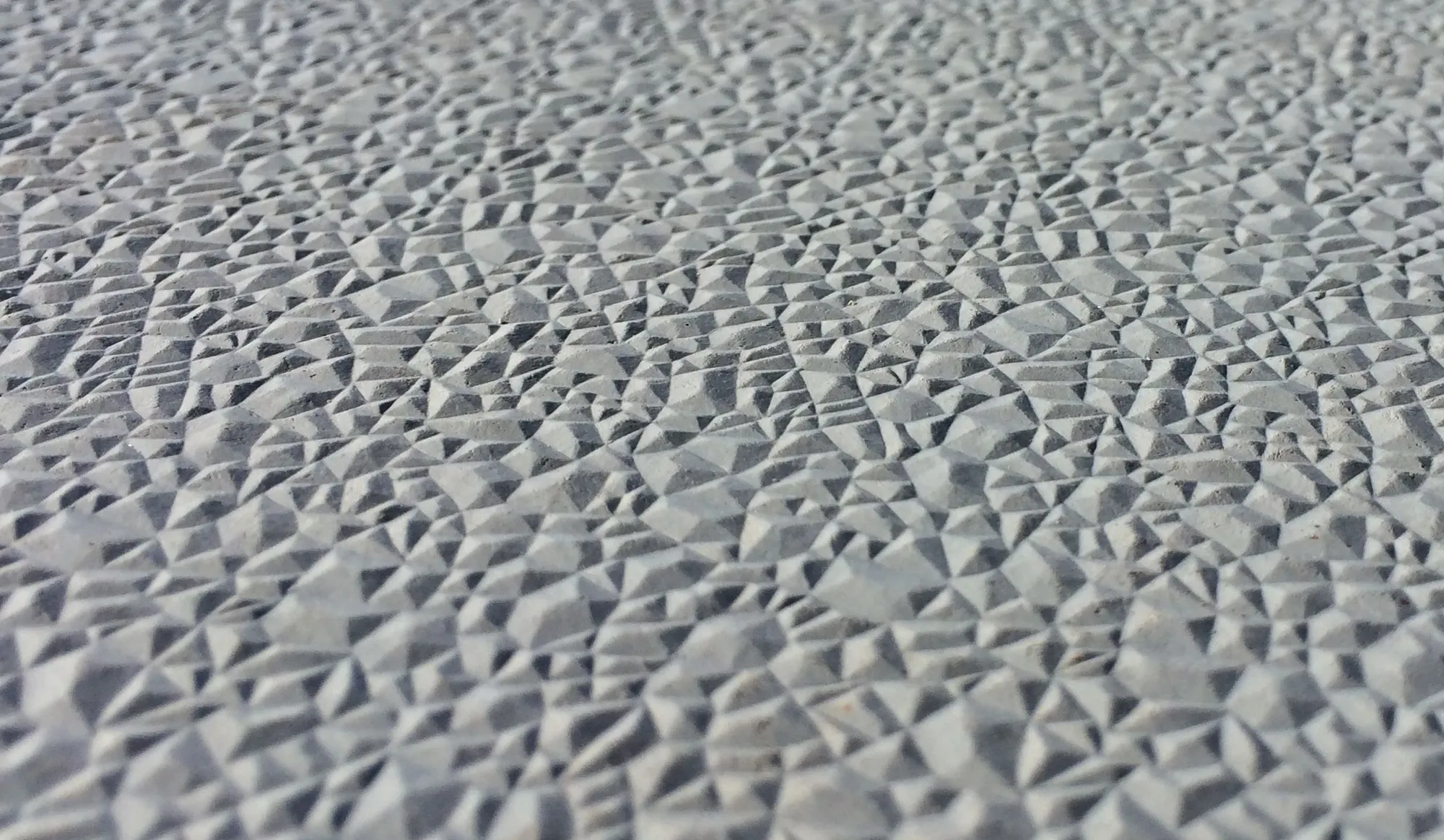
20. December 2023

We are often asked about the use of Ultra High Performance Concrete CRC i2®: What are the possibilities with CRC i2, what can be achieved, and what does it really take to use i2®? Below, we try to answer some of the general trends within CRC i2®.
For each individual project, we find that there are some recurring questions:
"How thick should a span be?", "How many supports are needed?", "What are the reactions on this bracket?", "How is the element implemented into the building?" etc.
Unfortunately, these questions cannot be answered all at once, as they vary from project to project.
Instead, we will list a general 10-step guide, making it easier for you to see the possibilities with CRC i2®.





Are you interested in learning how Ultra High Performance Concrete can be used in your project?
FILL OUT THE FORM AND WE WILL CONTACT YOU